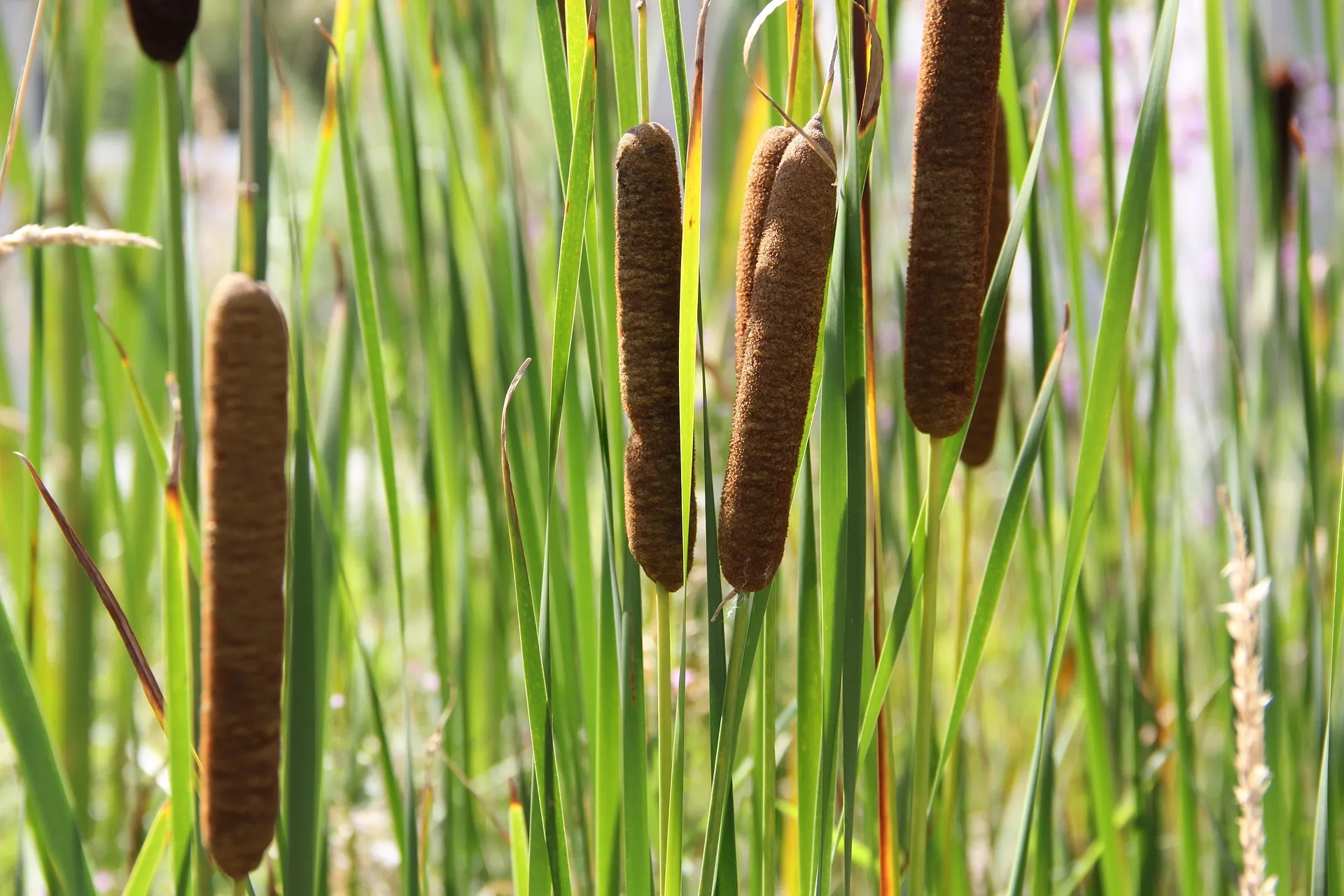Blog by Nancy Forrest
A few weeks ago, we took the Suisun City representatives on a boat trip through Suisun Marsh. The marsh is the largest continuous brackish water wetland on the West Coast. Fresh water from the Sacramento and San Joaquin rivers meets the saline water from the San Francisco Bay and the Pacific Ocean. As a result, the marsh is a vital link in the San Francisco Bay-Delta estuary system; it serves as a buffer, a filter, and a cradle of life for hundreds of plant and animal species. The landscape is an intricate tapestry of tidal sloughs, seasonal ponds, grasslands, and open water.

The Suisun Marsh is teeming with plant life. Tule, Cattails, and Sedges dominate the wetlands, while Pickleweed and Saltgrass thrive where the tide brings brackish water. In the spring, wildflowers bloom along the levee roads and uplands, painting the landscape with splashes of color. Plant life in the Marsh must deal with salt in brackish water (salt draws water out of a plant while the plant wants the water within).
Tule (Schoenoplectus) is a type of giant sedge that is found in marshlands all over the West. The long, round stems are dark green and grow from three to ten feet tall, with a small cluster of brown flowers and seeds found at the tip of the stalk. Native Americans used Tule for making sleeping mats, sitting mats, boats, and for both the external and internal walls of their home. Sedges (Cyperaceae) family of grass-like flowering plants family and are characterized by their triangular stems and spirally arranged leaves. There are hundreds of species of them. Cattails (Typha) are striking features growing at the edge of the water. They are known for their tall, slender stems and distinctive cigar-shaped flower heads, and they have various uses, including food, medicine, and materials for crafts. Pickleweed (Salicornia) is an edible plant often used in salads and as a vegetable. It survives by moving salt to the end of its leaves, which eventually turn red and drop off. Saltgrass (Distichlis spicata) is a grass that provides nesting grounds for birds, fish, and larvae of many species of marine invertebrate animals. As salt marsh plants decompose, their stored nutrients provide a steady source of food for clams, crabs, and fish.

